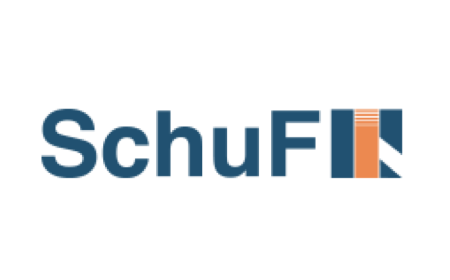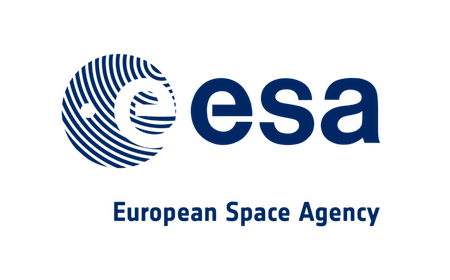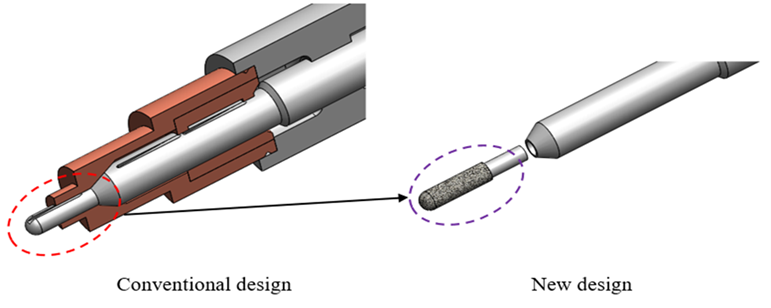Advanced additive manufacturing applied to high tech control valves
Description
The project focuses on the use of additive manufacturing processes for the improvement and manufacturing of valve components. More specifically, the Cold Spray and the Selective Laser Melting (SLM) techniques are employed. Cold Spray (CS) is a promising coating deposition process as the deposition of material takes place in the absence of material melting. Indeed, particles with a range in particle size from 5 μm to 100 μm are accelerated in a supersonic gas jet (typically nitrogen or helium) reaching velocities of 300-1200 m/s and bonded to a substrate thanks to the plastic deformation induced by the impact. Therefore, the powder original properties are preserved, and high-temperature oxidation is prevented. Nowadays, cold spray is spread in the industrial sector for various applications in the aerospace, automotive, defence, and nuclear sectors as repairing technique and for deposition of corrosion, oxidation, and wear protection coatings. In this project, Cold Spray is used for the production of erosion-resistant coatings on valve parts that have proven to last only a few months when used under harsh working conditions. For this purpose, Cold Spray could be the perfect solution due to the principle governing the deposition process, which improves the hardness of the bulk material and is able to produce highly dense, crack-free coatings. Various coating materials are being studied for this application. Experimental tests will be performed to assess the ability to deposit composite carbide powders dispersed in metal matrices and also HEAs coatings.

Electron micrographs of an as polished cold-sprayed WC-Ni composite coatings in various conditions
Selective Laser Melting (SLM) is a unique additive manufacturing technology that uses a high-density laser to selectively melt portions of metal powder dispersed over the manufacturing bed. The component's shape is created by focusing the laser beam using a mirror deflection module based on data from a Computer Aided Design (CAD) file. The procedure is carried out in a layer-by-layer manner, with the manufacturing bed being lowered at the completion of each cycle. The layer thickness is normally comprised between 15 to 500 µm, and powder layers are built one over the other until the three-dimensional shape is achieved. SLM allows for the creation of samples with complicated geometries (e.g., lightweight structures, metallic foams), as well as parts customization at a reasonable cost while generating no material waste by recycling unprocessed powder. In this project, the use of SLM is intended to allow freedom in the design of valve part geometry to improve flow regulation. In fact, a wide variety of complex shapes can be produced with the SLM, as well as structures with designed porosity.




